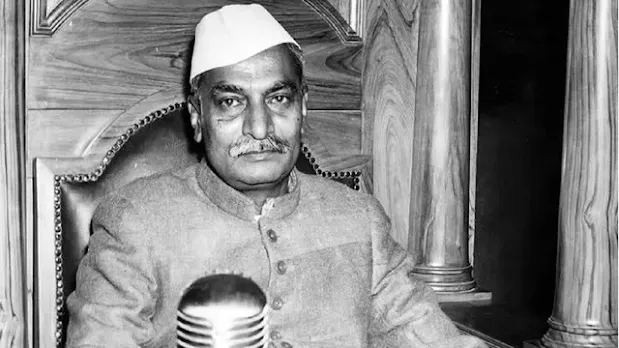Dr. Rajendra Prasad (1884-1963), India’s first President, was a beloved leader who played an essential role in India’s freedom struggle and the early years of its independence. His presidency lasted from 1950 to 1962, making him the longest-serving President of India.
Early Life and Education
Dr. Rajendra Prasad was born on December 3, 1884, in Ziradei, Bihar. He was highly educated and completed his studies at University of Calcutta. He earned a Doctorate in Law and later studied at Cambridge University in England.
Role in Freedom Struggle and Leadership
Rajendra Prasad was deeply involved in the Indian freedom movement, working alongside leaders like Mahatma Gandhi. He became a key figure in the Non-Cooperation Movement and the Salt March. Following independence, Prasad was appointed as the first President of India and played a pivotal role in stabilizing the young nation.
Presidency and Contributions
As President, Rajendra Prasad was highly respected for his humility, simplicity, and dedication to the country. He played an essential role in political unification and nation-building. He also contributed to the establishment of various national institutions.
Legacy
Dr. Rajendra Prasad is remembered as a statesman of high integrity and simplicity, and his service to the nation as President continues to be celebrated.
Conclusion
Dr. Rajendra Prasad’s leadership and vision for a unified India have cemented his place as one of the most influential figures in the country’s post-independence era.



No comments:
Post a Comment